Interjute, Europe´s leading Big Bag supplier
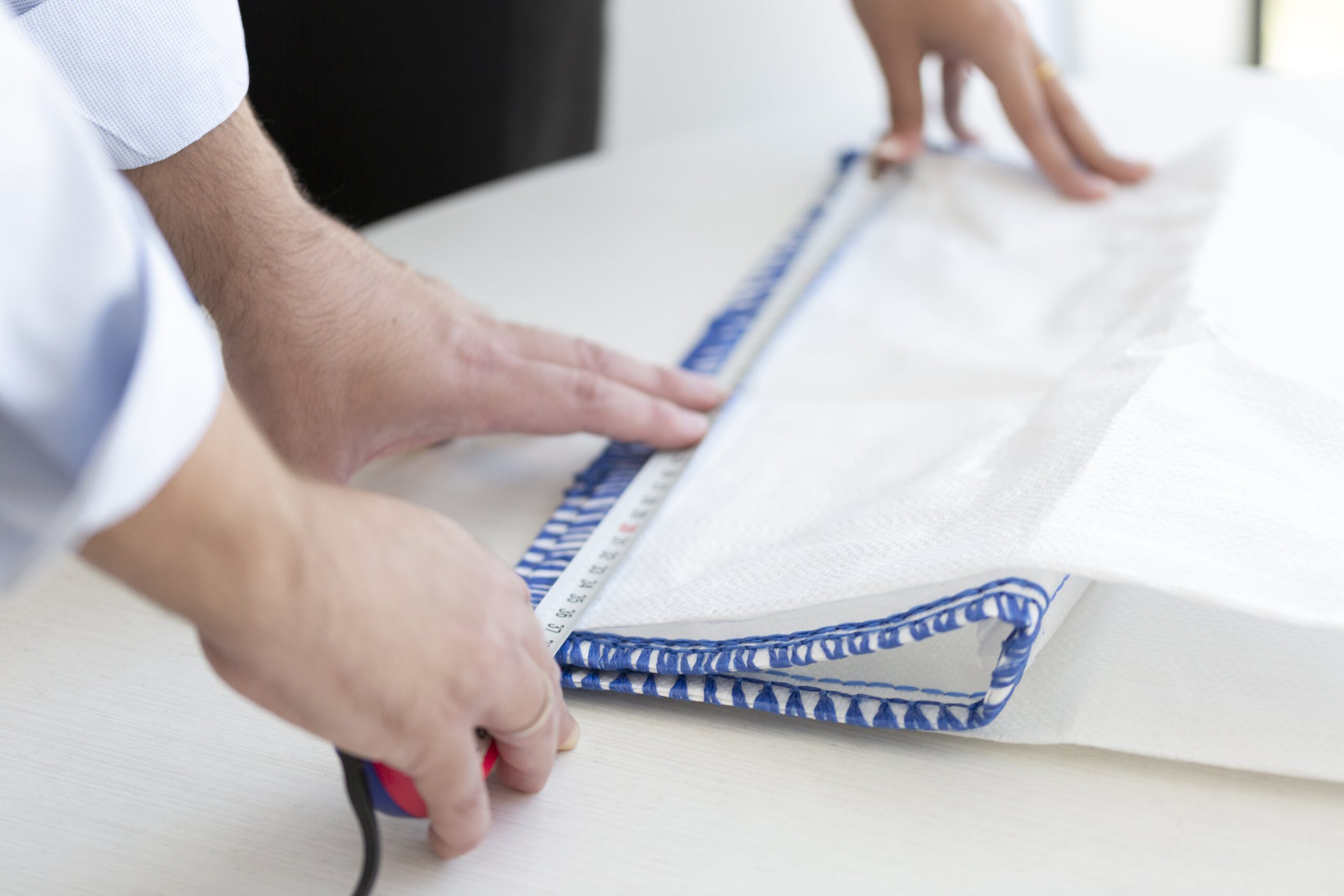
In this globalised world of large companies, there are many companies that manufacture or work with large quantities of products or that occupy a considerable volume of space in warehouses or when transporting them. Some companies need to make use of transport or storage solutions, such as Big Bags, in order to be able to manage them quickly, efficiently and safely.
For this reason, Big Bags are the perfect ally for all companies in the industrial sector.
After reading this article you will have a clearer idea of the definition of Big Bag, what types are there, what are its uses, how to set it up correctly and what are its advantages?
How is a Big Bag defined?
Big Bags or as they are also known FIBC (Flexible Intermediate Bulk Containers), are bags used for the storage and transport of all types of loose or granular materials that take up considerable space.
These bags consist of a large flexible packaging made of a woven fabric with different weaves, formed by polypropylene yarns, which are distinguished by their hardness and ease of use, being able to withstand heavy loads and remain intact.
The first records of Big Bag manufacture date back to the 1940s in the rubber industry, where it was used as a simple way of handling bulk substances. However, throughout the 1960s it began to be used in the chemical and oil industry.
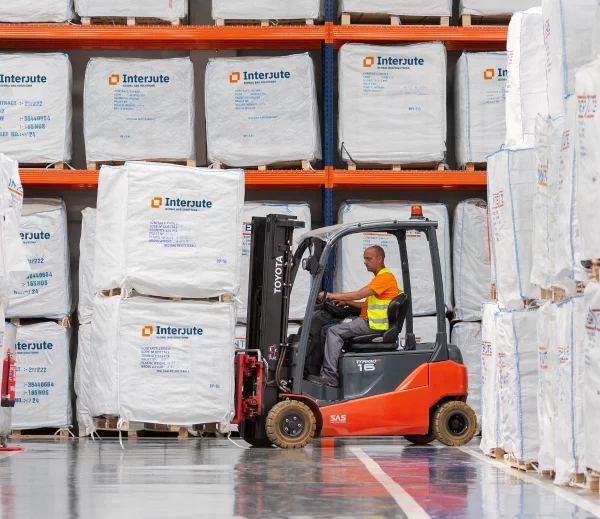
What types of Big Bag exist?
The time to choose a Big Bag type is one of the most important factors to take into account, this is because there is a wide variety of Big Bags with different configurations.
In this post we will explain what the different types are to make your choice easier:
Big Bag Standard
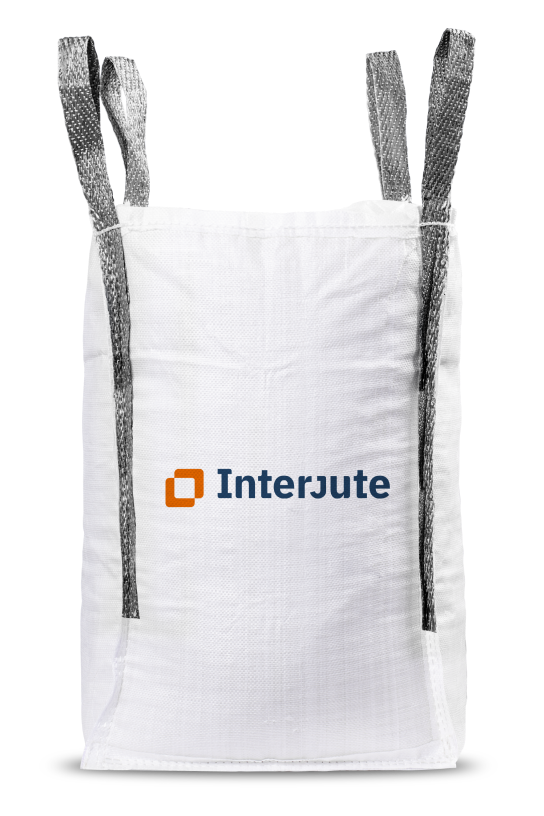
This is the traditional Big Bag model with its U+2 structure, consisting of a U-shaped panel and 2 separate panels, with 4 seams running from bottom to top, and equipped with 4 loops designed for lifting and handling the load.
Big Bag Circular

This type of Big Bag is made of a tubular raffia fabric, which results in the lack of side seams. To facilitate handling, it has four lifting points. These containers are made of polypropylene fabric.
Big Bag Q-Bags
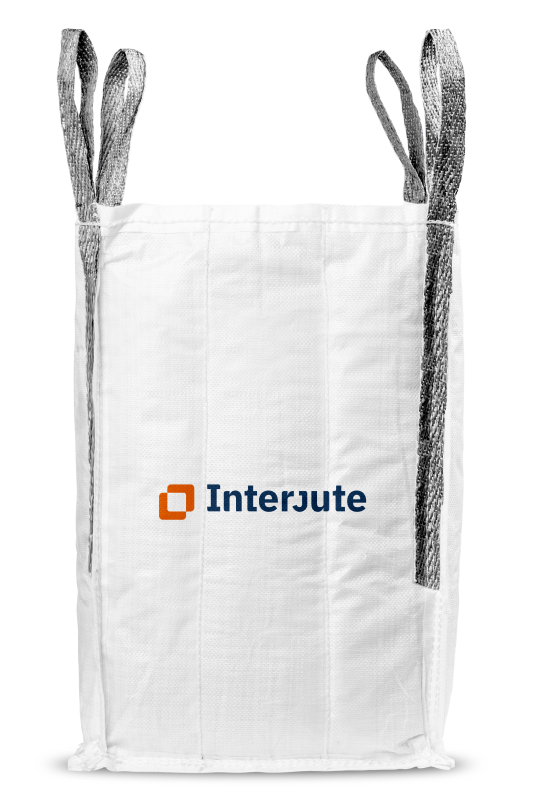
The Q-Bag has been designed as an option to rigid bags, ideal for the storage and transportation of products, especially when it is required to maximise the use of available space.
These containers take up less space, resulting in savings of up to 25% in transport costs compared to standard Big Bags.
Big Bag Ventilated
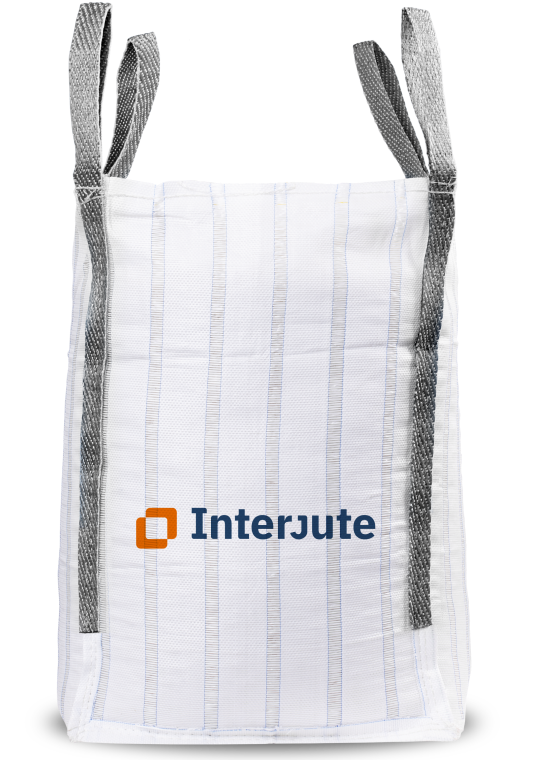
These bags have been specially designed for the packaging, transport and storage of products that require ventilation, such as firewood, vegetables, grains and nuts. They are highly resistant and breathable big bags, designed to provide solid protection for the load.
What are the uses of a Big Bag?
A Big Bag has many different uses due to its versatility and ability to transport and store a wide range of bulk materials. Some of its common uses are:
- Big Bag for the Agricultural Industry. For products such as grains, seeds, fertilisers, horticultural products and bulk foodstuffs.
- Big Bag for the Construction Industry. For materials such as sand, gravel, cement and rubble.
- Big Bag for the Chemical Industry. Storage and transport of different types of chemical products.
- Big Bag for waste. Management of solid waste such as industrial waste, demolition waste or recyclable materials.
- Big Bag for animal nutrition. Storage, distribution and handling of bulk animal feed.
- Big Bag for the food industry. Storage and transport of food products, certified “Food Grade” ISO 22.000 and manufactured under BRC conditions.
- Big Bag for the mining industry. Transport, storage and handling of mining products.
- Big Bag for fertilisers. Transport, storage and handling of agricultural products.
- Big Bag for transport of dangerous goods (ADR) Transport of dangerous or polluting goods that require higher standards of quality and safety in packaging.
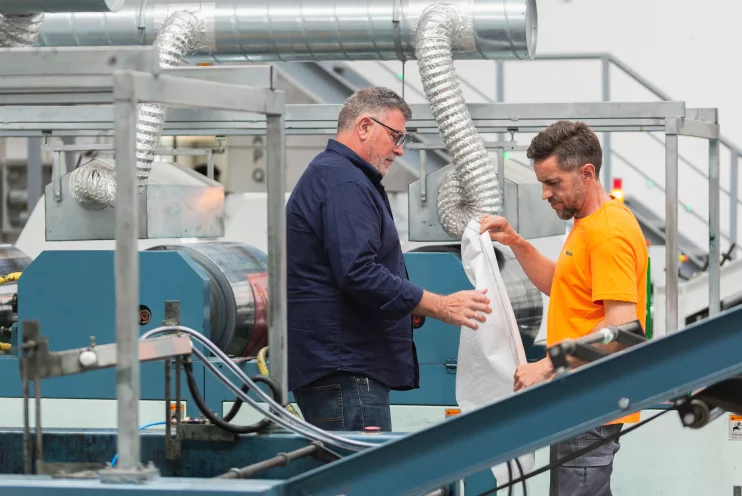
What are the advantages of using Big Bag?
Once you know what a Big Bag is, and what its uses and types are, we are going to give you a summary of the advantages of using them:
- They stack easily, making them a good way to save space.
- Their design and handles make them easy to handle.
- They are safe and hygienic, as they comply with the respective restrictions.
- They are reusable, so they are environmentally friendly.
- They are customisable, so they can be adapted to different packaging needs.
- They are self-sufficient, so they do not need secondary packaging.
- Quality, materials, durability and strength make them the key storage element.
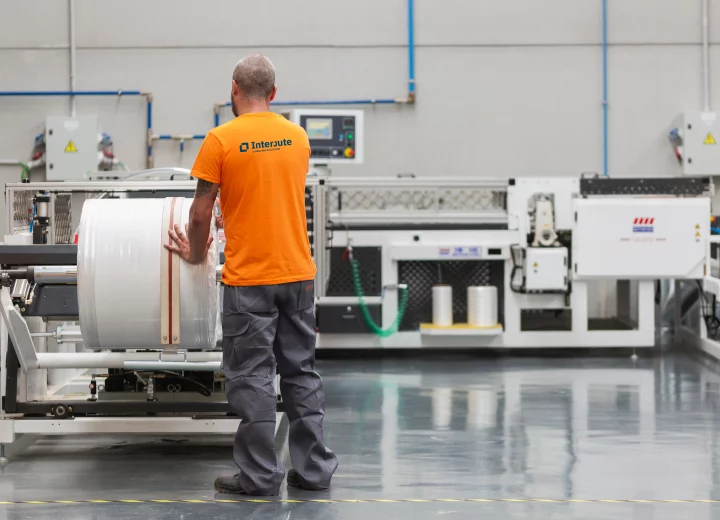
Big Bags are the most effective way of storing and transporting bulk goods. Interjute is a leading supplier of Big Bags and flexible packaging in Europe, so we will be happy to help you choose the one that best suits your needs.